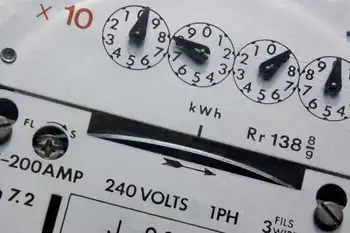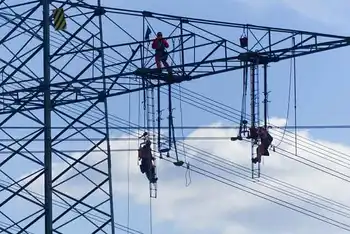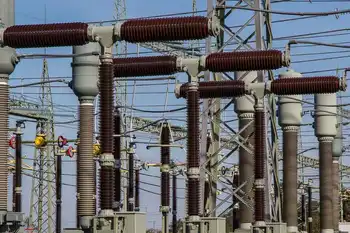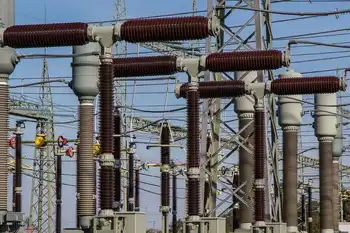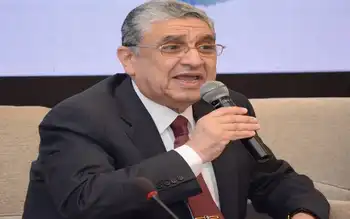Beacon Power applies for DOE grants
By Business Wire
NFPA 70e Training
Our customized live online or in‑person group training can be delivered to your staff at your location.

- Live Online
- 6 hours Instructor-led
- Group Training Available
Beacon applied under the Smart Grid Demonstrations program of DOE Funding Opportunity Announcement DE-FOA-0000036, which authorizes approximately $615 million that DOE expects to allocate across seven Areas of Interest. The company submitted two applications under Area of Interest 2.2, “Frequency Regulation Ancillary Services.” DOE anticipates making grant awards within this Area for one or two storage-based frequency regulation plants totaling an aggregate amount of up to $50 million.
One of the companyÂ’s proposed plants would be located in Glenville, New York, at a site within the New York Independent System Operator (NYISO) region. The other plant is located within an area operated by the PJM Interconnection (PJM).
Beacon Power believes its proposed plants meet or exceed every DOE grant program performance requirement. These include fast response, zero direct CO2 emissions, 10-year minimum system life and demonstrated frequency response capability. DOE demonstrated its support of BeaconÂ’s technology in July by making a conditional loan guarantee commitment for the companyÂ’s first 20 MW energy storage plant, planned for Stephentown, New York.
As with all such applications, there is no assurance that DOE will approve either or both grant applications, or that if approved, the grants would be for the same amount or on the same terms as requested by the company.
Beacon Power president and CEO, Bill Capp, commented, “Beacon has now reached the point where we are ready to deploy our technology on a broad commercial basis. We are currently operating two megawatts of our Smart Energy Matrix flywheel energy storage systems on the New England power grid. We’ve proven that the technology is effective at providing frequency regulation services and that we can generate revenue. We look forward to DOE making its grant awards, which they anticipate will begin in December 2009.”
Beacon continues to explore a number of possibilities for obtaining a significant portion of the additional capital required to build its plants from strategic partners. However, to maximize its financial flexibility, the Company filed a universal shelf registration statement on September 1, on Form S-3 with the Securities and Exchange Commission (SEC). The shelf registration statement must first be declared effective by the SEC.
Upon being declared effective, the shelf registration would permit Beacon to offer and sell from time to time up to $60 million of common stock, preferred stock, warrants, units or other types of equity securities described in the registration statement in one or more future public offerings.
Beacon does not currently have any commitments or intentions to sell securities under this registration statement. Future offerings thereunder would be made only by means of a written prospectus or other permitted documents. In that event, the company would file a prospectus supplement with the SEC outlining the type of securities, amounts, prices, use of proceeds and other terms. The terms of any future offering would be established at the time of such offering subject to market conditions.
A registration statement relating to these securities has been filed with the SEC, but has not yet become effective. Securities may not be sold, nor may offers to buy be accepted, prior to the time that the registration statement becomes effective. This news release does not constitute an offer to sell or the solicitation of an offer to buy any securities, nor shall there be any sale of these securities in any state in which such offer, solicitation or sale would be unlawful prior to registration or qualification under the securities law of any such state or jurisdiction.





